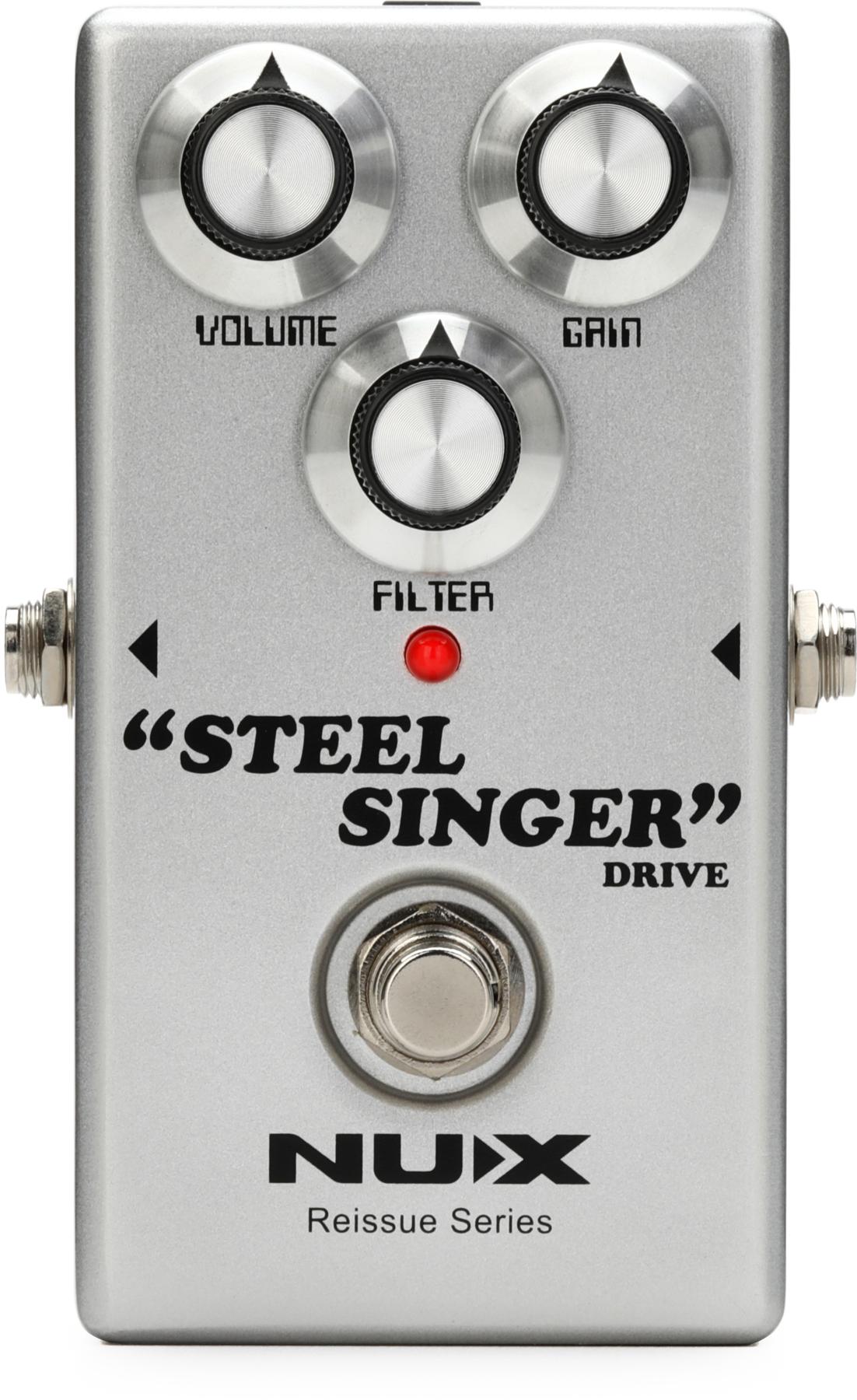Oakland, ME (March 27, 2015) -- Following the Oakland Axe Factory SS8 and SS7 models, the new headless guitar model, Falcon, is available with the same open selection as aforementioned models, which lets players put together their own ideal version of the instrument.
The goal behind the Falcon was to make a guitar that pushes the boundaries, yet feels familiar and comfortable, with a sleek shallow C-profile neck. With deep contours and rounded edges on the back, and a radiused top on the front, you won't feel any hard edges where the guitar meets your body or your forearm. With a belly cut that hugs your chest, unprecedented upper fret access, and perfect balance both when sitting and standing up, the compact and practically sized Falcon will be an excellent instrument for recording artists and touring musicians alike!
7-String Features:
- 26.5" scale, 20" fretboard radius. Dual acting truss rod.
- Your choice between several body, neck, and fretboard woods.
- Your choice between flamed or quilted maple radiused tops.
- Pickups from DiMarzio, Bare Knuckle Pickups, Fishman Fluence series, Instrumental Pickups, and Elysian-tuned Aperture pickups.
- Simple and clean choice of electronics with optional kill-switch!
- Optional Carbon Fibre reinforcement rods in the neck.
- Misc. Options like hardware and pickup colours, gig bag, straplocks, etc!
To launch of the Falcon, we are offering a limited discounted run of 21 guitars, starting off with the 7-string model with a discounted base price of $1799.
Watch the company's video demo:
For more information:
Oakland Axe Factory


![Rig Rundown: Russian Circles’ Mike Sullivan [2025]](https://www.premierguitar.com/media-library/youtube.jpg?id=62303631&width=1245&height=700&quality=70&coordinates=0%2C0%2C0%2C0)





















